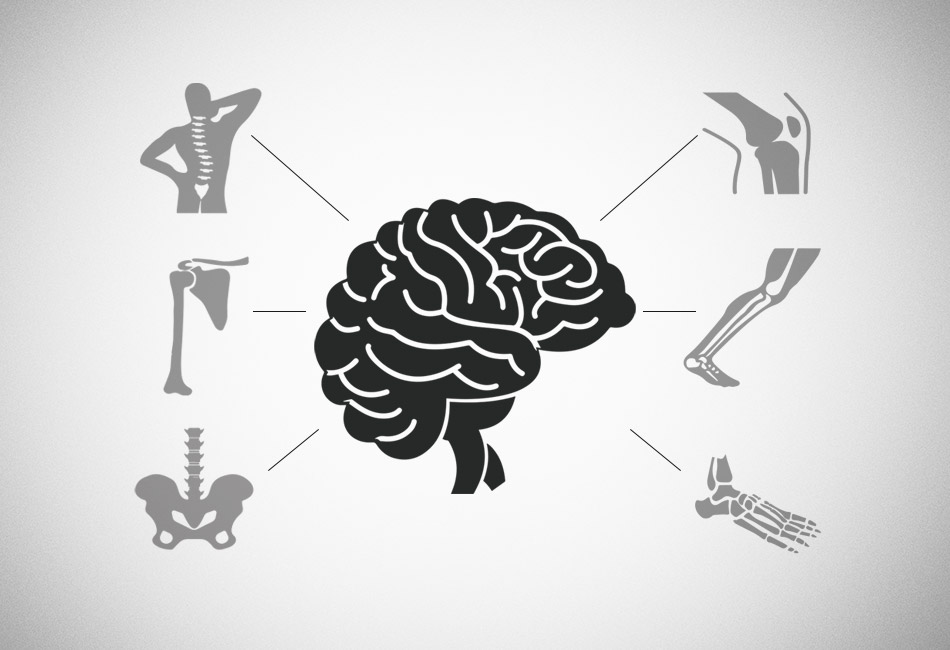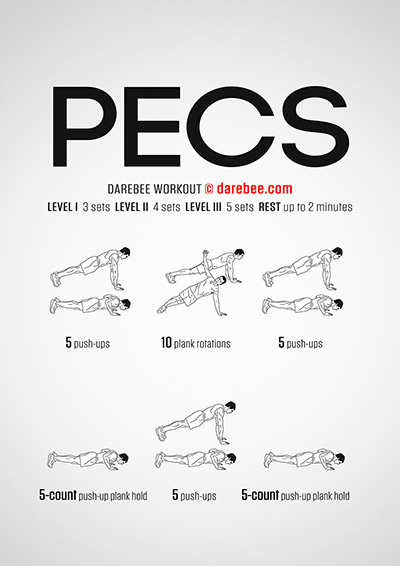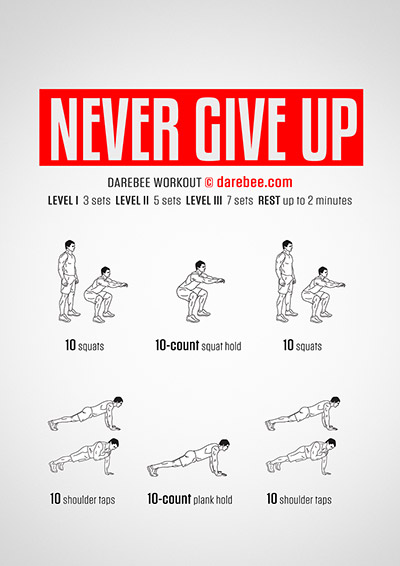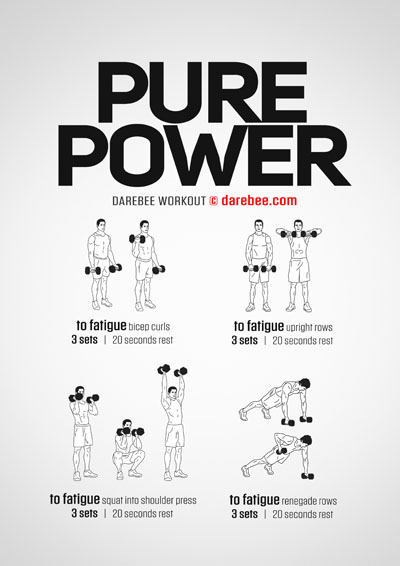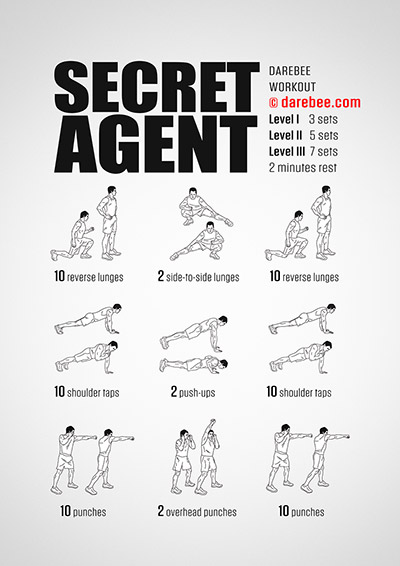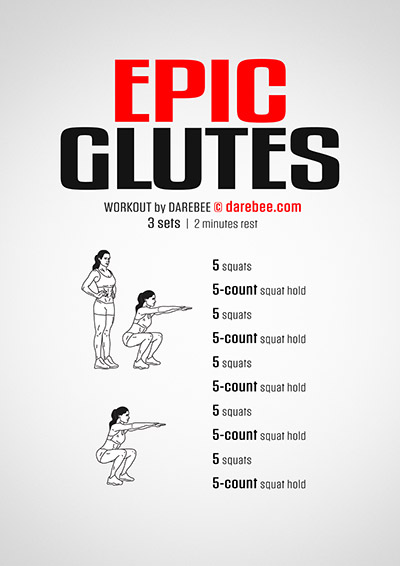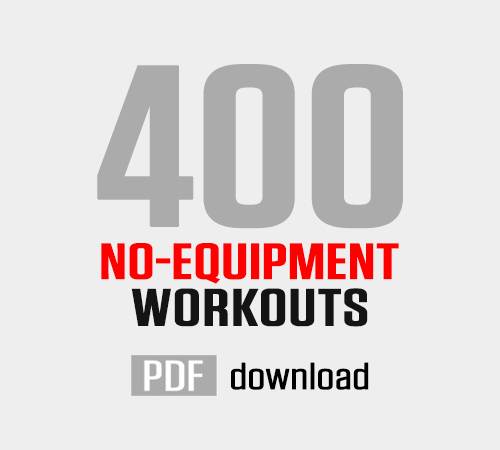Suppose we were to tell you that your bones will determine how well your memory works, whether you are going to get depressed or not, how overweight you will end up being and even if you will suffer from dementia as you get older?
Yet, this is exactly what some new studies are suggesting. The new scientific evidence that’s been accumulating through 30 years’ of research, is overturning the traditional view of bones as the mostly inert scaffolding upon which muscles attach and it is forcing a rethink of the traditional view of the mind/body connection.
It is a lot to unpack so we need to start from the very basics. Bone is living tissue that is a lot more active than previously thought. For example, it acts as storage for calcium and other minerals which are released into the body when needed[1], and it constantly remodels itself according to environmental stress factors such as diet and physical activity.[2]
The complex chain of chemical processes that enable bone to respond to the body’s neurochemical needs and also adapt to external stimuli and become denser and stronger takes place through the direct biomechanical connection between bone and muscle.[3] Simply put, every time we exercise our muscles send signals to our bones which then respond by releasing complex neurochemicals that affect the performance of the body.[4]
As a result of this constant dialogue we know that weight-bearing exercise such as running, aerobics HIIT, help the bones get stronger and denser[5] and fight osteoporosis which is an age-related disease that weakens the bones. Lifting weights and engaging in other resistance activity also delivers similar results. All of which means that exercises that force the body to experience physical load activate the bones’ adaptive response, reduce the probability of injury and help maintain stronger bones as we get older.
The activity of bones however is not limited on their effect on the body’s skeletal muscle. It expands to also include the brain.
The Mind/Body Connection Of Our Skeleton
Fresh studies show that cells deep in the brain, communicate with skeletal bones through hormonal messaging.[6] This places our skeletal framework at the very heart of the body/mind connection with hormonal messengers secreted by the bones playing a key role in age-related cognitive decline[7]. In addition, this hormonal messaging by the bones affects other physiological factors such as fertility,[8] anxiety and depression.[9]
Building on these findings scientists have also been able to show that the health of our bones plays a role in our ability to learn new things and the quality of our memory.[10] Hormones secreted by the bones that affect us at such deep operational level also affect our appetite and metabolism[11] which means that our ability to be active is governed by them.
At an intuitive level all this makes perfect sense. Physical activity trains the muscles to be stronger. Stronger muscles require stronger bones to support them. Exercise reverses ageing and ageing, in its traditional definition, is the body’s and brain’s gradual, functional decline.
There Is No “Mind” and “Body”
The picture that is emerging is that the traditional divide between “mind” that referred to activities performed by the brain and “body” that meant physical health and strength is an illusion. The entire body is also mind. The brain and the body communicate through the complex network of the central nervous system. Because it is expensive (from an energy point of view) to build, keep and maintain any organ in the body, every organ in the body participates in the dialogue between external stimuli gathered from the environment and internal adaptations that are a response to that stimuli.
In this latest example bones ‘talk’ to the brain and the brain seems to ‘talk’ to bones. What we eat (and when), how we breathe, and even how we think affect what happens to us and are affected, in turn, by the lifestyle choices we make.
Our fascial fitness depends upon the quality and strength of the skeletal bones.[12]
In our body everything is connected. Everything is just body.
Workouts To Help Improve Bone Strength and Health
In general, HIIT workouts with their fast-paced, high-impact exercises are perfect for improving and developing bone strength. Because the body responds to muscles, strengthening the muscles themselves results in stronger bones.
Examples of workouts that will help you develop stronger bones and a healthier brain are:
Generally you are looking at anything that has resistance work, is high-impact, works the fascia and is fast-paced.
Summary
The body’s and mind’s ageing processes are interconnected. Inactivity in one organ leads to inactivity in the other. Ageing involves a slowing down of interrelated processes that affect a wide variety of functions and involve neurochemical and hormonal messengers that affect a variety of organs.
Reversing the ageing process in the body reverses the ageing process in the brain. Physical activity is key to both. Physical activity is also key to remaining healthy and capable for as long as possible, even as we age. Again, there is no “one thing” we can do to achieve that. It is the result of a network of things working together for us. Ultimately we are the ones responsible for making that happen.
Research
- National Institute of Arthritis and Musculoskeletal and Skin Diseases. “Healthy bones matter.”
- Rinaldo Florencio-Silva, Gisela Rodrigues da Silva Sasso, Estela Sasso-Cerri, Manuel Jesus Simões, and Paulo Sérgio Cerri. Biology of Bone Tissue: Structure, Function, and Factors That Influence Bone Cells. Volume 2015. Article ID 421746.
- Hiroshi Kajicor. Interaction between Muscle and Bone. J Bone Metab. 2014 Feb; 21(1): 29–40. Published online 2014 Feb 28. doi: 10.11005/jbm.2014.21.1.29
- Keith G. Avin, Susan A. Bloomfield, Ted S. Gross, and Stuart J. Warden. Biomechanical Aspects of the Muscle-Bone Interaction. Curr Osteoporos Rep. 2015 Feb; 13(1): 1–8. doi: 10.1007/s11914-014-0244-x
- Maria Grazia Benedetti, Giulia Furlini, Alessandro Zati, and Giulia Letizia Mauro. The Effectiveness of Physical Exercise on Bone Density in Osteoporotic Patients. Biomed Res Int. 2018; 2018: 4840531. Published online 2018 Dec 23. doi: 10.1155/2018/4840531
- Ultra-sturdy bones, with a surprising origin, suggest new osteoporosis approach: After blocking estrogen signals in brain, experts say they've 'never seen bone this strong'. ScienceDaily. Retrieved September 11, 2020 from Science Daily.
- Sohrabi Hamid R., Bates Kristyn A., Weinborn Michael, Bucks Romola S., Rainey-Smith Stephanie R., Rodrigues Mark A., Bird Sabine M., Brown Belinda M., Beilby John, Howard Matthew, Criddle Arthur, Wraith Megan, Taddei Kevin, Martins Georgia, Paton Athena, Shah Tejal, Dhaliwal Satvinder S., Mehta Pankaj D., Foster Jonathan K., Martins Ian J., Lautenschlager Nicola T., Mastaglia Francis, Laws Simon M., Martins Ralph N. Bone mineral density, adiposity, and cognitive functions. Frontiers in Aging Neuroscience, Vol.7. 2015, ISSN: 1663-4365. Doi: 10.3389/fnagi.2015.00016.
- Karsenty G, Oury F (Jan 2014). “Regulation of male fertility by the bone-derived hormone osteocalcin”. Molecular and Cellular Endocrinology. 382 (1): 521–6. doi:10.1016/j.mce.2013.10.008. PMC 3850748. PMID 24145129.
- Oury F, Khrimian L, Denny CA, et al. Maternal and offspring pools of osteocalcin influence brain development and functions. Cell. 2013;155(1):228-241. doi:10.1016/j.cell.2013.08.042
- Bone-derived hormone reverses age-related memory loss in mice: Study also identified possible target for novel therapies. ScienceDaily. Retrieved September 12, 2020 from Science Daily
- Your bones affect your appetite and your metabolism! A Montreal Clinical Research Institute discovery sheds light on this phenomenon. ScienceDaily. Retrieved January 22, 2018, from Science Daily.
- Bruno Bordonicorresponding and Maria Marcella Lagana. Bone Tissue is an Integral Part of the Fascial System. Cureus. 2019 Jan; 11(1): e3824. Published online 2019 Jan 3. doi: 10.7759/cureus.3824

